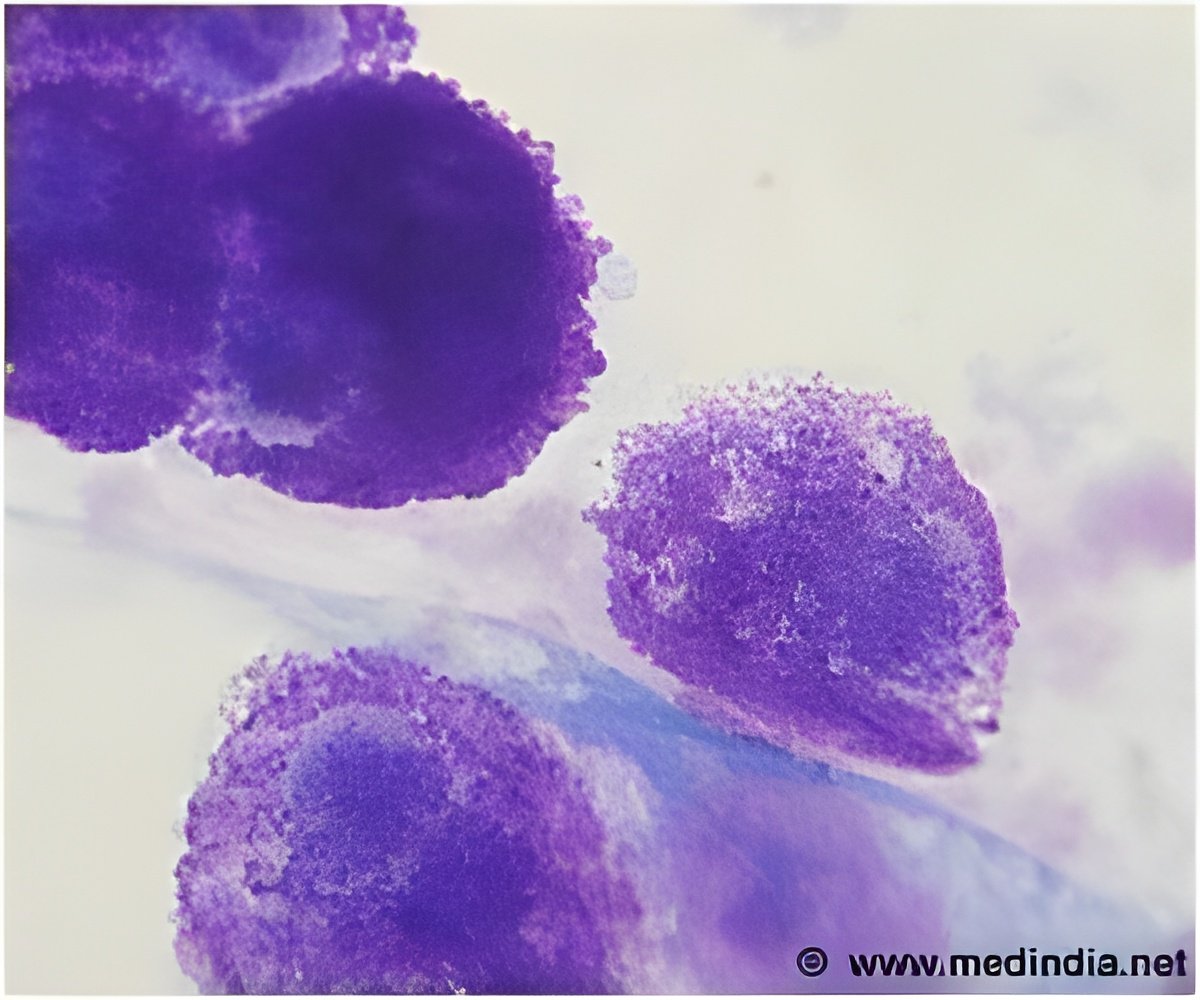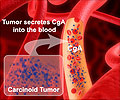
Even after researchers had adjusted for differences between countries and regions in the risk of death from other causes by age, sex, and race, and over time, they found very large variations between countries in survival for specific cancers.
In particular, the striking gap in 5-year survival with acute lymphoblastic leukaemia in children, ranging from 16-50 percent surviving 5 years from diagnosis in Jordan, Lesotho, Tunisia (central), Indonesia (Jakarta), and Mongolia to over 90 percent in Canada, Austria, Belgium, Germany, and Norway, indicates major deficiencies in the management of this largely curable disease, which is also the most common childhood cancer.
Liver and lung cancer have the worst prognosis among the 10 cancers examined, with 5-year survival of less than 20 percent in both developed and developing countries, suggesting that most patients still go to see their doctors too late for treatment to be effective.
For example, although 5-year lung cancer survival increased by up to 10 percent over the period of the study in China, Israel, Japan, and Korea, with smaller increases in Colombia, North America, and in 17 European countries, it remains very poor (less than 10 percent) in some parts of Europe, including the UK.
The analysis shows that 5-year survival from breast and colorectal cancers has increased in most developed countries and in South America (Brazil, Colombia, and Ecuador). These trends are likely to reflect earlier diagnosis and better treatments such as pre-operative radiotherapy and total mesorectal excision for rectal cancer.
Advertisement
Mongolia had by far the lowest survival for all three cancers. Within Europe, Iceland has the highest survival for colon and rectal cancer, with 65 percent and 77 percent 5-year survival respectively (2005-2009), while France and Finland have among the highest levels of survival for breast cancer (87 percent). Russia has the lowest survival for all three cancers.
Advertisement
Cervical and ovarian cancers show particularly wide differences in survival, and overall improvements have been slight. For example, 5-year survival with cervical cancer varies from a high of over 70 percent in Mauritius, Korea, Taiwan, Iceland, and Norway to less than 40 percent in Libya. Within Europe, cervical cancer survival is 60 percent or less in the UK, France, Ireland, Latvia, and four eastern European countries (Bulgaria, Poland, Russia, and Slovakia), with very little improvement seen over the past 15 years.
According to Dr Claudia Allemani, Senior Lecturer in Cancer Epidemiology at the London School of Hygiene and Tropical Medicine, there should not be such a dramatic gulf in survival in the 21st century, the majority of the variability in survival was probably due to factors that can be changed, such as the availability and quality of diagnostic and treatment services.
The study is published in The Lancet.
Source-ANI














